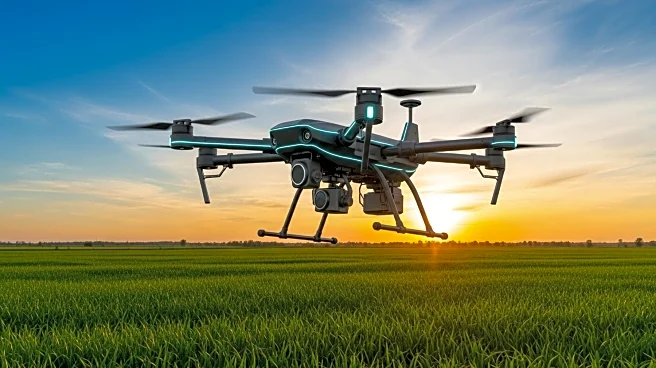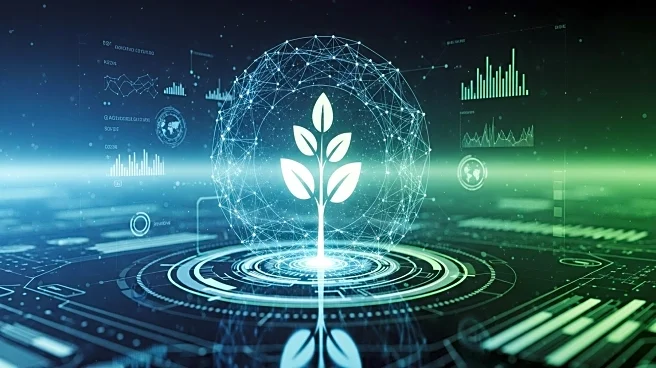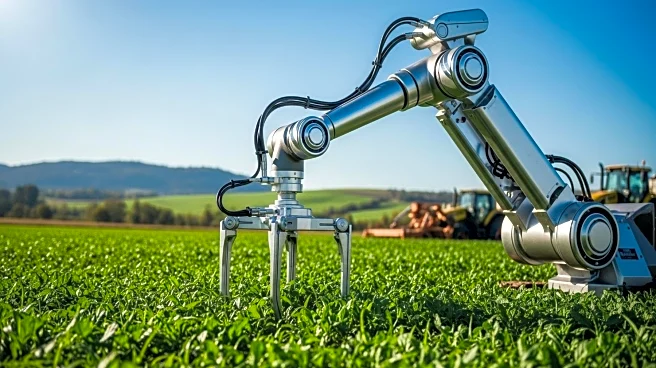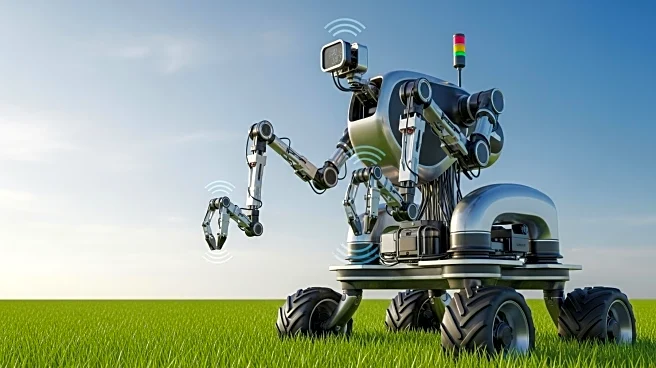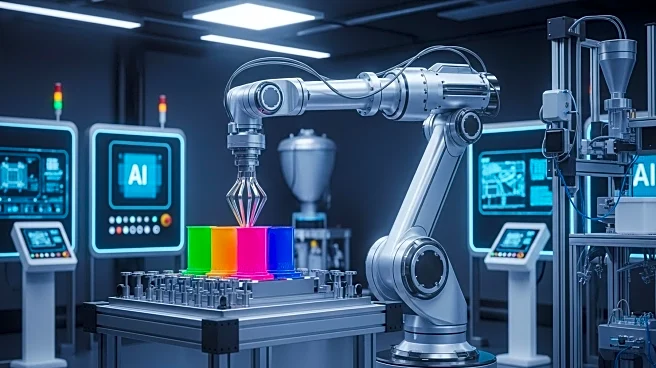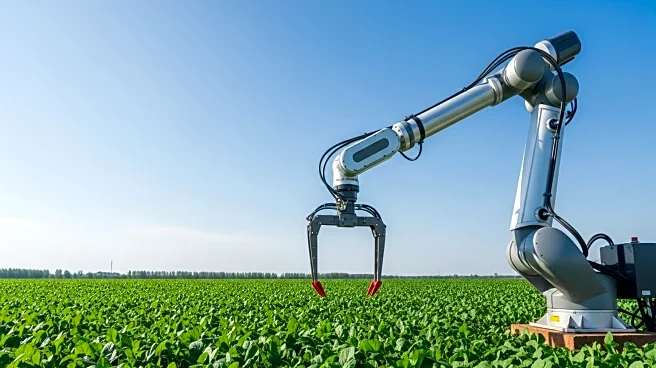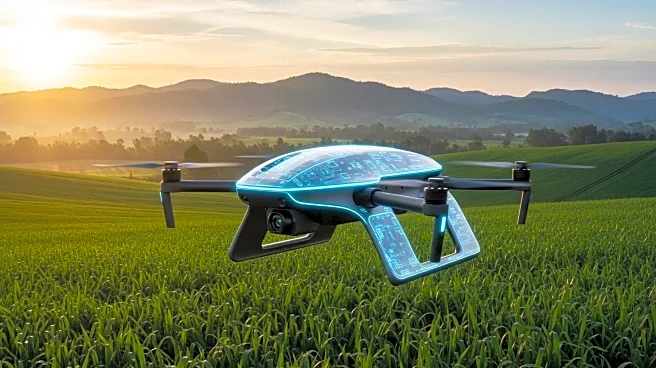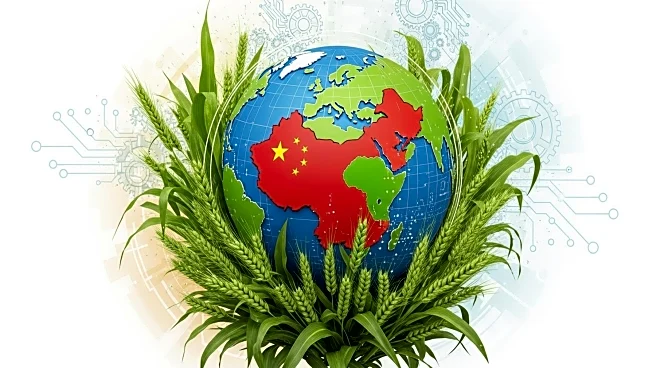What's Happening?
Machine learning (ML) and artificial intelligence (AI) are transforming agriculture by improving harvest forecasting, yield prediction, and pest management. These technologies utilize satellite, soil, and weather data to provide farmers with more accurate predictions. The advancements aim to optimize harvest windows, predict disease and pest outbreaks, and assist smallholders in making informed decisions. Despite the progress, challenges such as data quality, transferability, and accessibility for small farmers remain. Future directions focus on explainable AI, climate resilience, and tools tailored for smallholder farmers.
Why It's Important?
The integration of AI and ML in agriculture is crucial for enhancing food security and sustainability. By providing precise forecasts, these technologies can help farmers increase yields, reduce losses, and optimize resource use. This is particularly significant in the face of climate change and growing global food demand. Smallholder farmers, who often lack access to advanced tools, stand to benefit from more accessible forecasting technologies, potentially improving their livelihoods and contributing to local economies.
What's Next?
The continued development of AI-driven agricultural tools is expected to focus on improving data quality and accessibility. Efforts to create smallholder-friendly technologies will likely increase, aiming to bridge the gap between large-scale and small-scale farming operations. Stakeholders, including governments and agribusinesses, may invest in these technologies to enhance food production and security.
Beyond the Headlines
The ethical implications of AI in agriculture include concerns about data privacy and the potential for increased dependency on technology. Additionally, the shift towards AI-driven farming may impact traditional farming practices and cultural heritage. Long-term, these technologies could lead to significant shifts in agricultural labor markets and rural economies.

